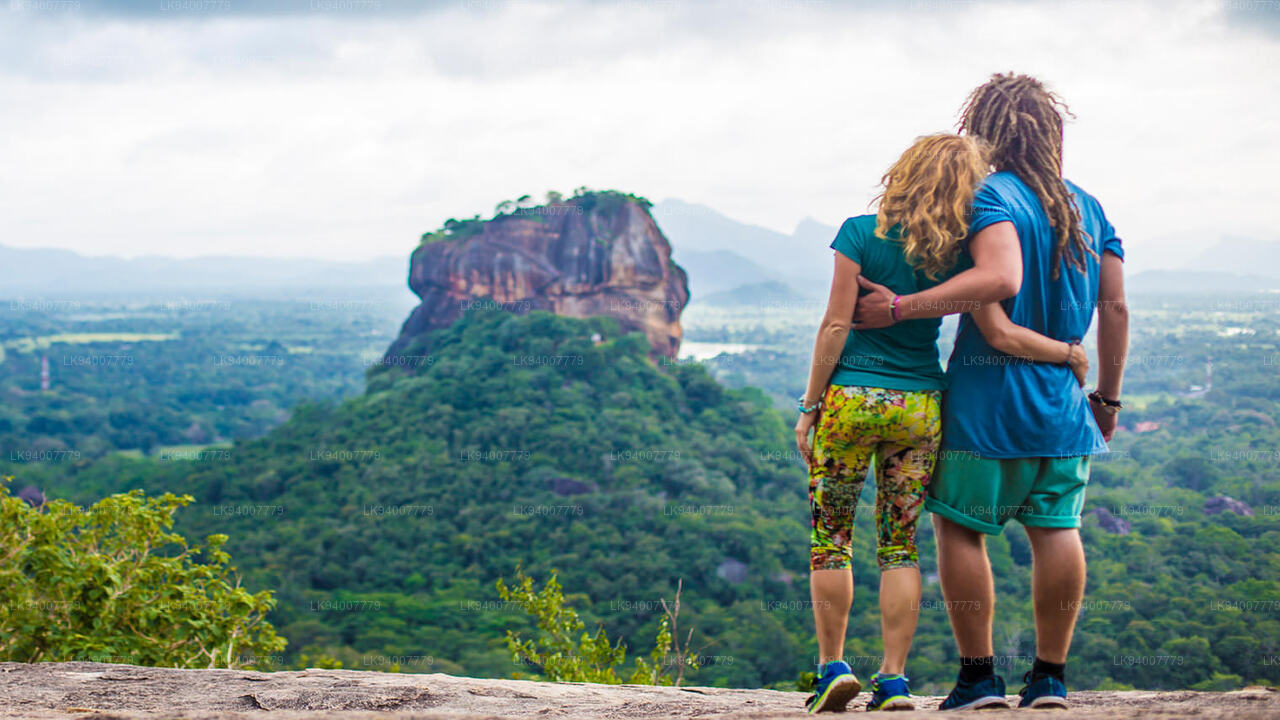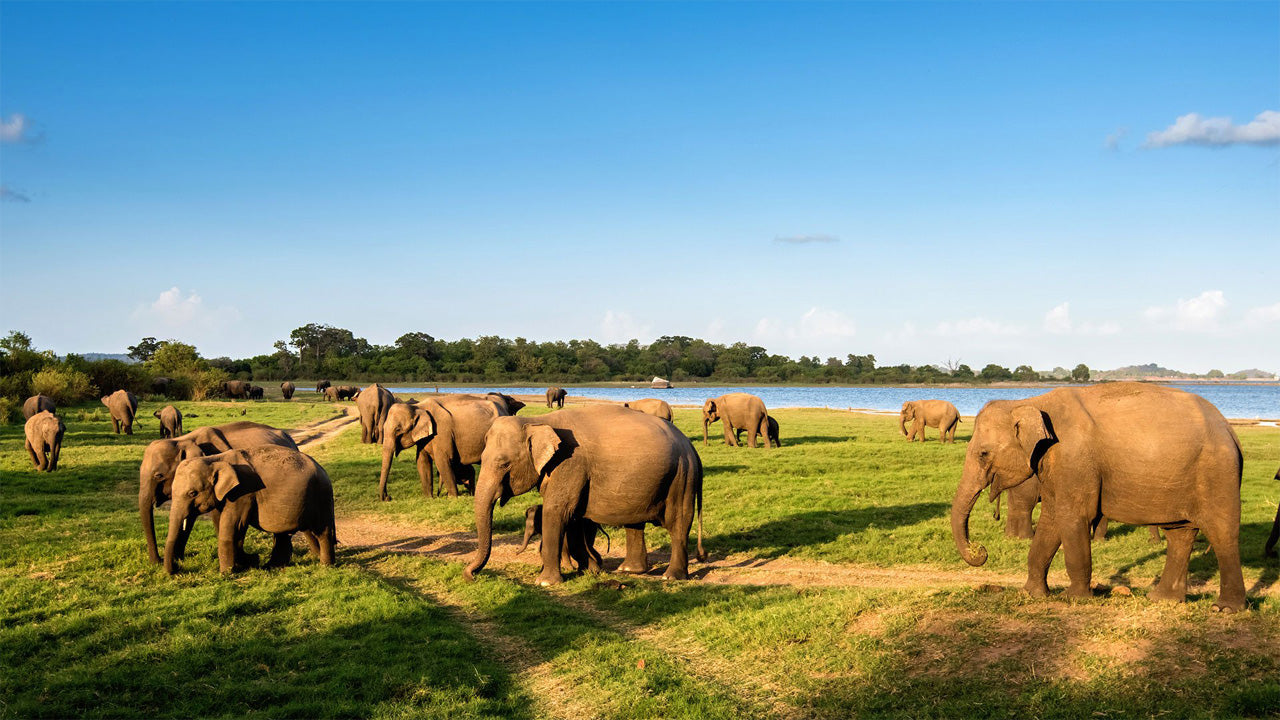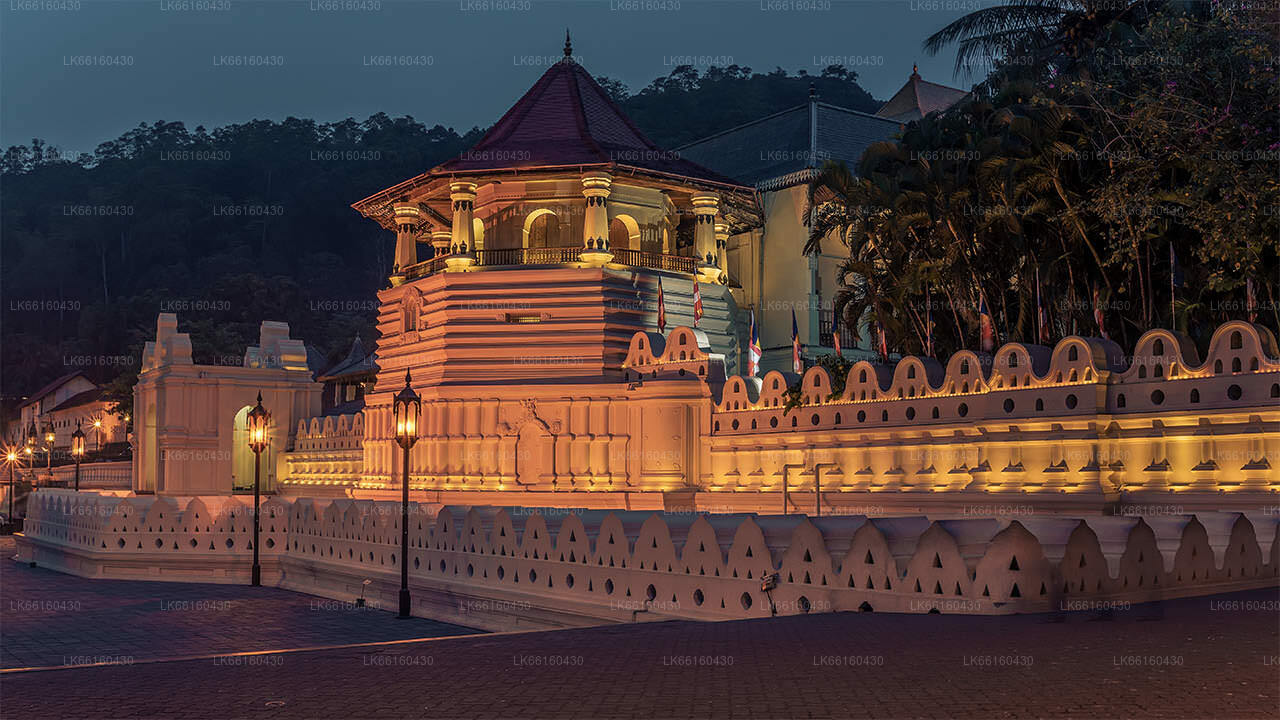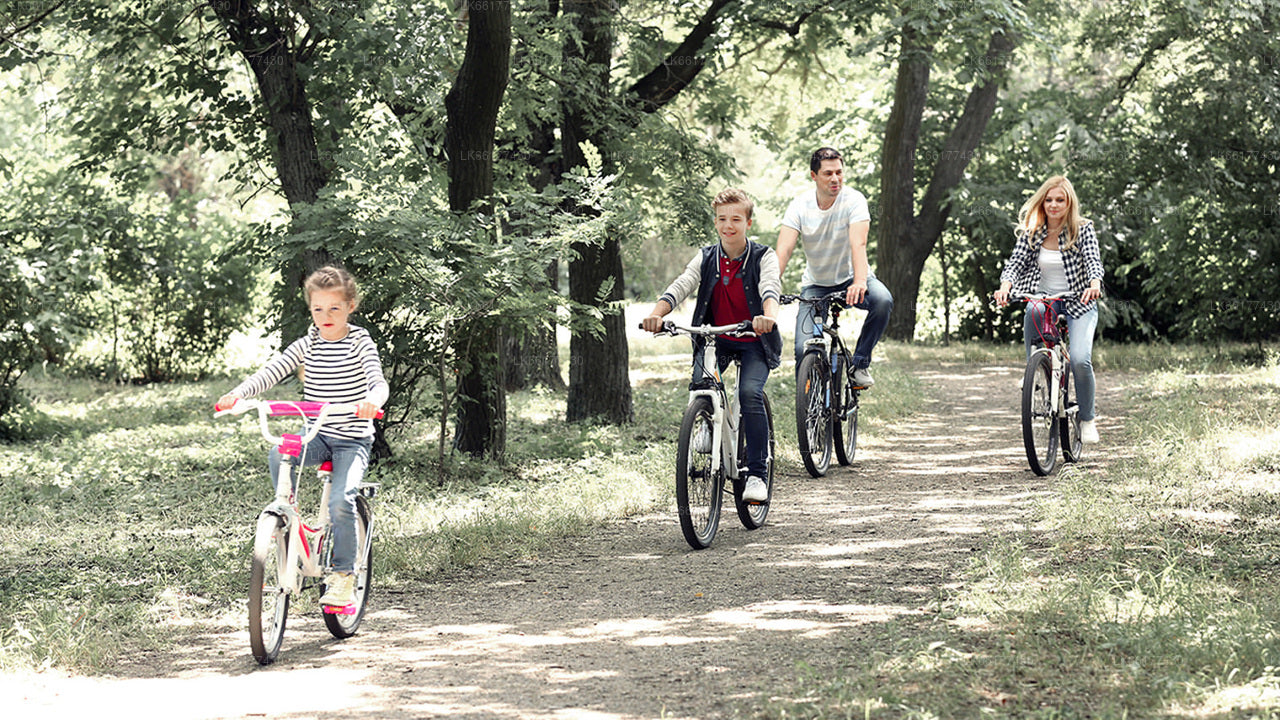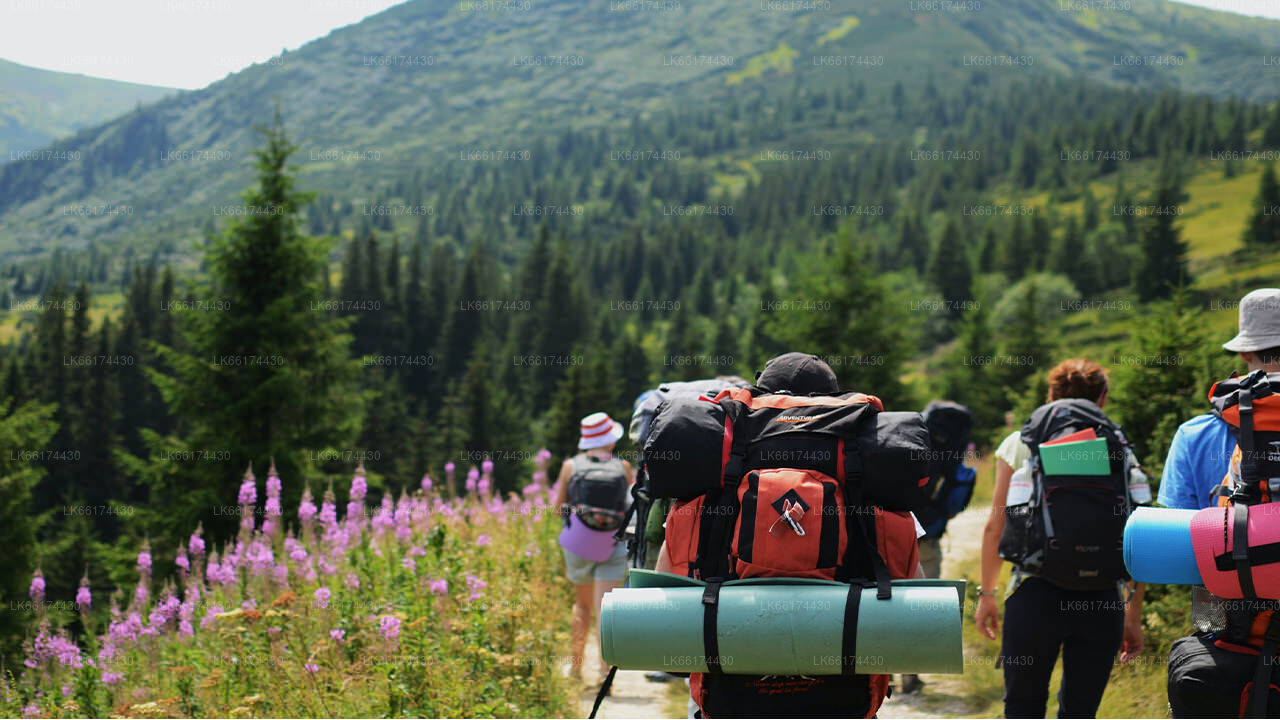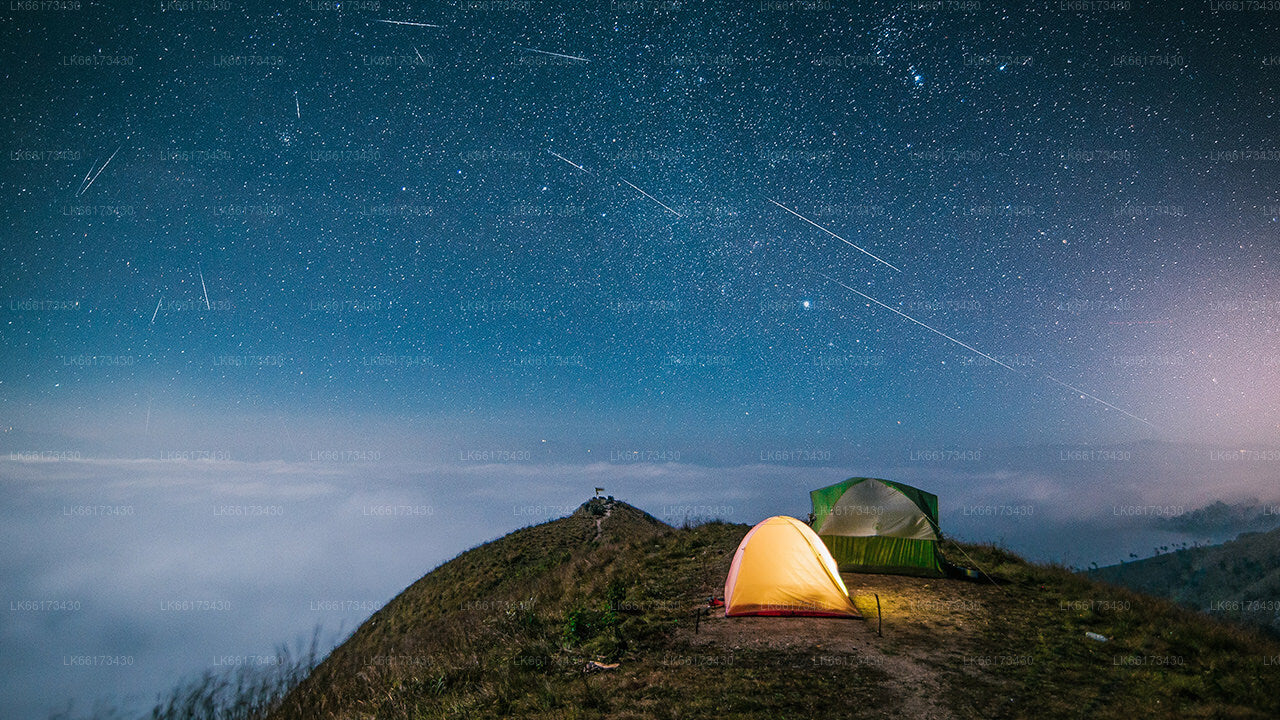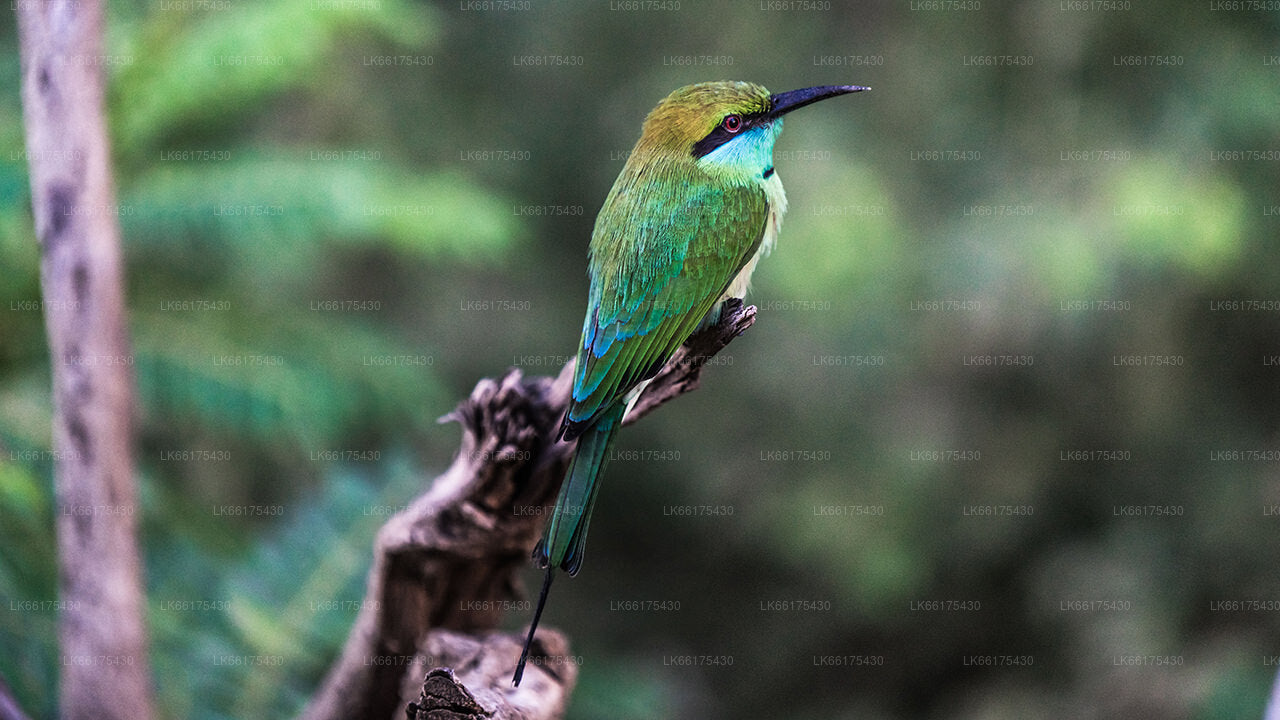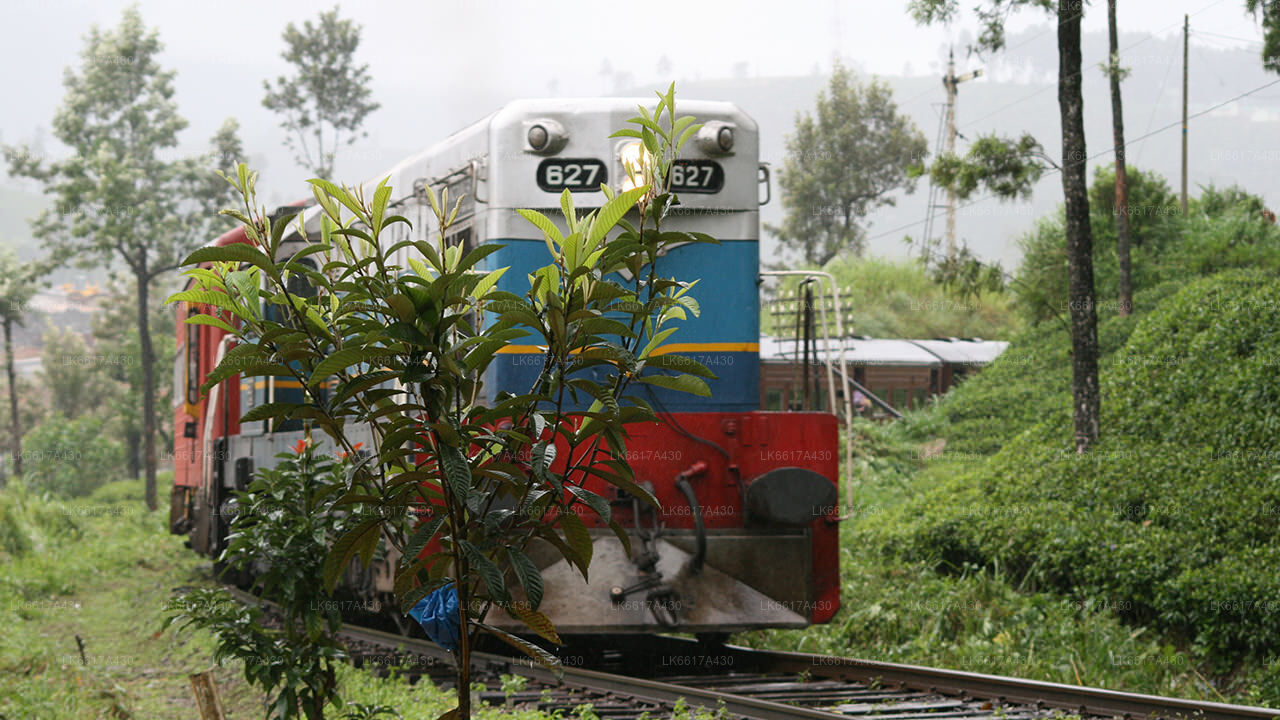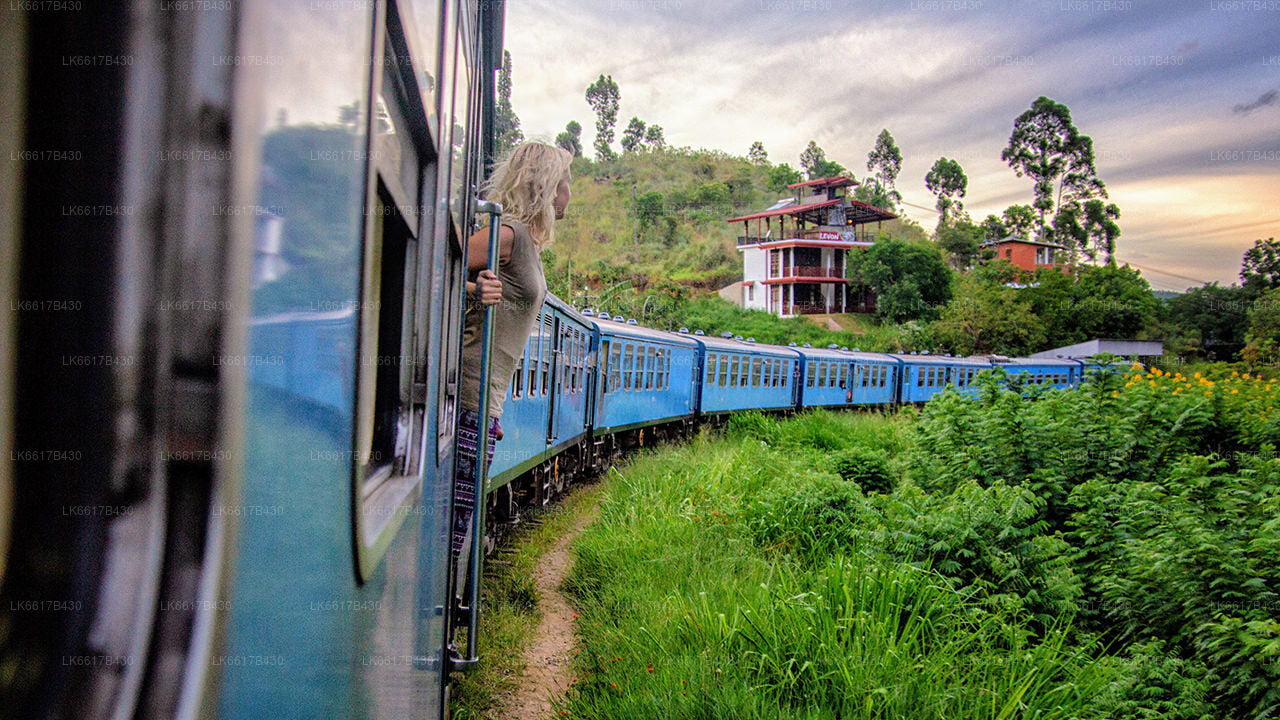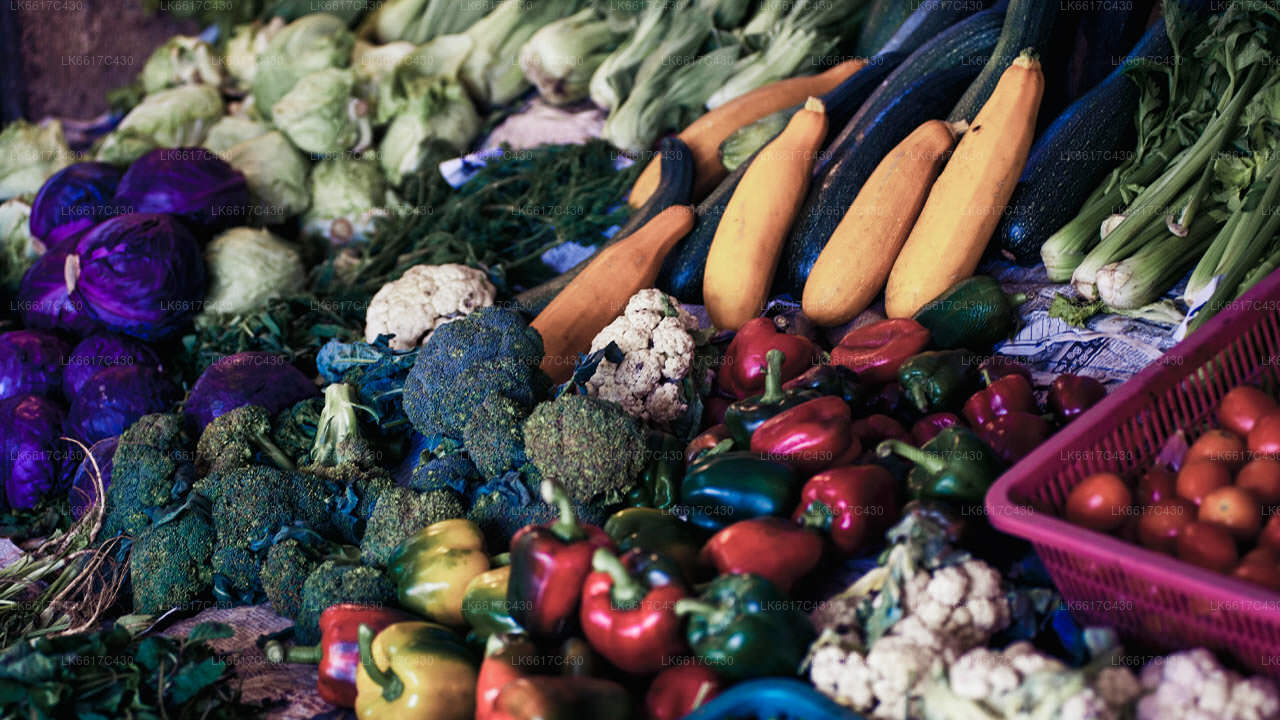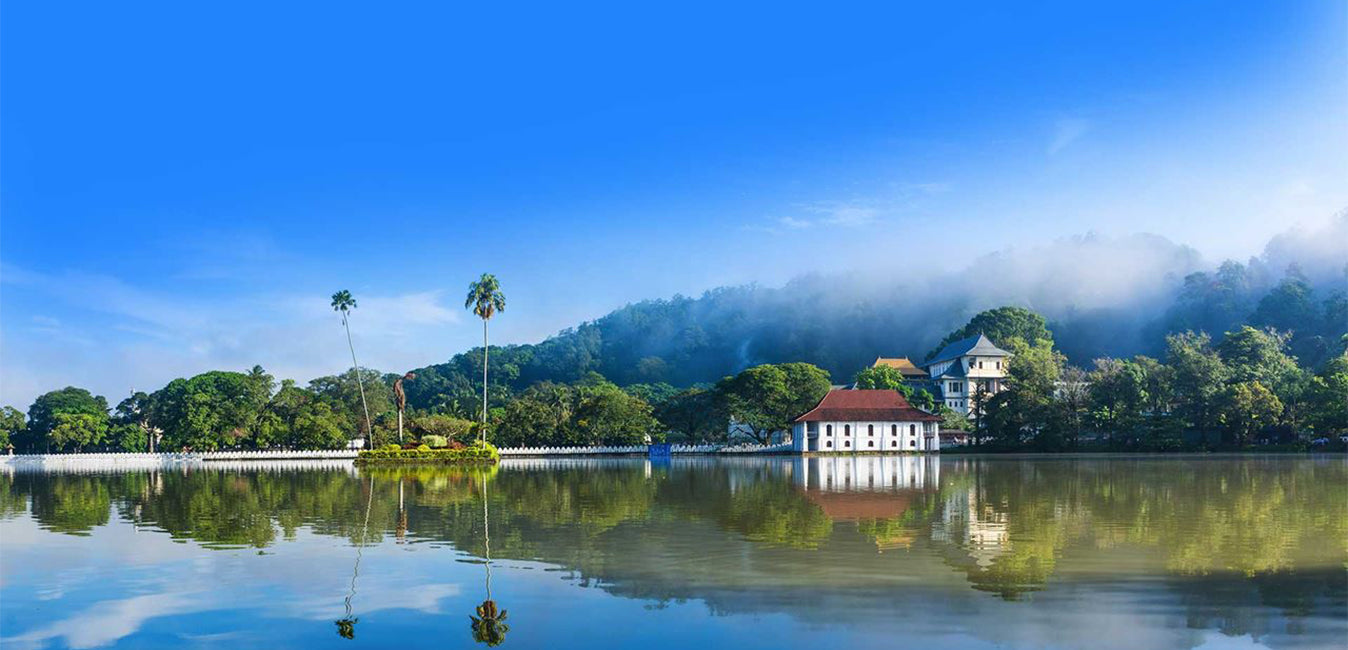
مدينة كاندي
كاندي، مدينة خلابة في وسط سريلانكا، تشتهر بتراثها الثقافي الغني ومهرجاناتها النابضة بالحياة وجمالها الطبيعي الأخّاذ. تقع وسط تلال خضراء، وتضم معبد السنّ، وهو موقع تراث عالمي لليونسكو، وتوفر مزيجًا آسرًا من التاريخ وروعة الطبيعة.
Lankathilaka Viharaya
Lankathilaka Viharaya in Sri Lanka: The Great Temple of the Kings
Lankatilaka is Buddhist temple of the 14th century in the Hiyarapitiya village, from the Udu Nuwara area of Kandy district in Sri Lanka. This historical temple was built by the Gampola king, King Buwanekabahu the fourth (1341 – 1351AD), in 1344 AD. Gampola was a stronghold on the banks of Mahaveli River.
Lankathilaka Viharaya in Sri Lanka: Architectural Facts
- The temple was designed by the South Indian architect Sthapati Rayar.
- According to the opinions of researchers; the temple combines the design elements of the Polonnaruwa era architecture with that of Dravidian (India) and Indo-Chinese design. At the time of construction the temple was a four storied edifice of eighty feet, built on uneven bedrock using a granite based foundation.
- The temple structure is such that it radiates from the centre in the four cardinal directions, like a cross. Only then ground floor and part of the first floor of the original temple can be seen today, though the temple appears to have three stories from the outside.
- The thick outer walls of the Temple have beautifully sculpted arches and various sculptures making it a unique design of the 14th century.
Lankathilaka Viharaya in Sri Lanka: Sights when entering the Temple
- There are two directions of approach to the temple. One of them has abodes for Buddhist monks at the base of the rock.
- The premises also have many sights such as the huge rice storage bins, known as ‘Atuwa’ by the locals. The stairs begin in the premises of the abodes.
- The other method of approach is from the west of the temple.
- With two ways of approach come two different flights of stairs. One is the original flight built in the 14th century, while the other is more recent; built around 1913. The stairs are cut into the living rock of Pahangalla and provide a climber with beautiful views of the surrounding countryside.
- At the top of the old flight of stairs, the premises of the temple can be entered through a primitive stone door arch, created with three long pieces of rock affixed together.
Lankathilaka Viharaya in Sri Lanka: The Temple
The temple premises have three sectors; the actual temple building, the Dagoba or stupa and finally the Bo tree.
The temple like the flights of stairs has two entrances, leading to two different and disconnected sections in the same building. The main and most important sector is the eastern section, the Buddha Image House. The other is on the west, the the Temples of the Gods.
The Buddha Image House
- The Buddha Image House which is approached from the eastern entrance, right in front of the eastern flight of stairs, and has a Moonstone adorning the ground before the entrance.
- Def. Moonstone: A semi-circular piece of stone which stands at the foot of a flight of steps in most historical Buddhist buildings.
نبذة عن مقاطعة كاندي
تقع مقاطعة كاندي في وسط سريلانكا. تُعد كاندي أحد مواقع التراث العالمي السبعة في سريلانكا، وكانت موطنًا لملوك كاندي القدماء في القرن السادس عشر، ومنبعًا للموسيقى والفنون والحرف والثقافة في البلاد. تبعد كاندي حوالي 129 كم عن كولومبو، وتتمتع بتضاريس جبلية، وتتجه الأنظار إلى مركز المدينة، حيث تُشكل بحيرة كاندي معلمًا ساحرًا. تحتفظ كاندي بأهمية دينية كبيرة لسريلانكا، إذ يقع فيها دالادا ماليغاوا أو "معبد السن"، الذي يضم بقايا سن بوذا المقدسة التي تُحفظ بعناية فائقة.
تقع الحديقة النباتية الملكية في بيرادينيا على بُعد حوالي 5 كم غرب مركز مدينة بيرادينيا، ويزورها 1.2 مليون زائر سنويًا. وهي أكبر حديقة نباتية في الجزيرة. غابة أوداواتا (أوداواتا كيلي) محمية طبيعية تقع في قلب المدينة، شمال معبد السن مباشرةً.
كاندي مدينة ذات أغلبية سنهالية؛ وتضم مجتمعات كبيرة تنتمي إلى مجموعات عرقية أخرى، مثل الموريين والتاميل. تأتي كاندي في المرتبة الثانية بعد كولومبو، مركز الاقتصاد السريلانكي. للعديد من الشركات الكبرى فروع كبيرة في كاندي، وتوجد فيها العديد من الصناعات، بما في ذلك المنسوجات والأثاث وتكنولوجيا المعلومات والمجوهرات. كما تضم المدينة العديد من مراكز البحوث الزراعية.
وتُعد كاندي منبعًا لجميع أنواع الموسيقى والفنون والحرف اليدوية والثقافة في البلاد. تبعد كاندي حوالي 129 كيلومترًا عن كولومبو، وتقع وسط تضاريس جبلية، وتتجه الأنظار إلى مركز المدينة، حيث تُشكل بحيرة كاندي معلمًا ساحرًا. تحتفظ كاندي بأهمية دينية كبيرة لسريلانكا، إذ يقع فيها دالادا ماليغاوا (معبد السن)، الذي يضم بقايا سن بوذا المقدسة، وهي محفوظة بعناية فائقة. نبذة عن المقاطعة المركزية
تتكون المقاطعة المركزية في سريلانكا بشكل رئيسي من تضاريس جبلية. تبلغ مساحتها 5,674 كيلومترًا مربعًا، ويبلغ عدد سكانها 2,421,148 نسمة. من بين مدنها الرئيسية كاندي، وغامبولا (24,730 نسمة)، ونوارا إيليا، وباندارويلا. يتكون سكانها من مزيج من السنهاليين والتاميل والموريين. تقع كل من كاندي، عاصمة التلال، ومدينة نوارا إيليا ضمن المقاطعة المركزية، بالإضافة إلى سري بادا. تنتج المقاطعة معظم شاي سيلان الشهير، الذي زرعه البريطانيون في ستينيات القرن التاسع عشر بعد أن قضى مرض مدمر على جميع مزارع البن في المقاطعة. تجذب المقاطعة المركزية العديد من السياح، حيث تضم مدنًا جبلية مثل كاندي، وغامبولا، وهاتون، ونوارا إيليا. يُعد سن المعبد، أو دالادا ماليغاوا، المكان المقدس الرئيسي في المقاطعة المركزية.
المناخ بارد، وغالبًا ما تشهد العديد من المناطق التي ترتفع حوالي 1500 متر ليالٍ باردة. المنحدرات الغربية شديدة الرطوبة، حيث تهطل في بعض الأماكن ما يقارب 7000 ملم من الأمطار سنويًا. أما المنحدرات الشرقية، فهي جزء من منطقة الجفاف المتوسط، حيث تتلقى الأمطار فقط من الرياح الموسمية الشمالية الشرقية. تتراوح درجات الحرارة بين 24 درجة مئوية في كاندي و16 درجة مئوية فقط في نوارا إيليا، التي تقع على ارتفاع 1889 مترًا فوق مستوى سطح البحر. تقع أعلى جبال سريلانكا في المقاطعة الوسطى. التضاريس جبلية في معظمها، مع وديان عميقة تخترقها. المنطقتان الجبليتان الرئيسيتان هما الكتلة الجبلية الوسطى وسلسلة جبال نكلز شرق كاندي.




